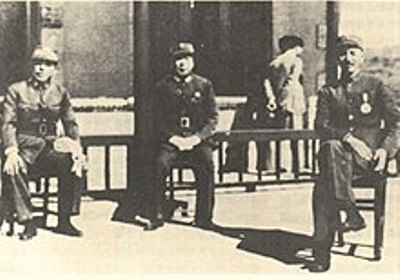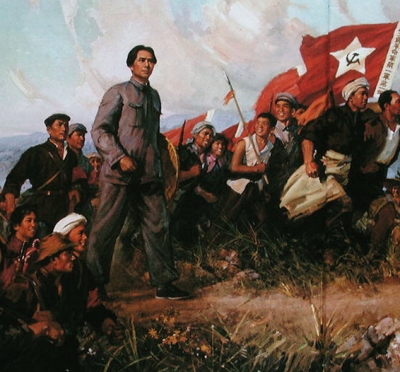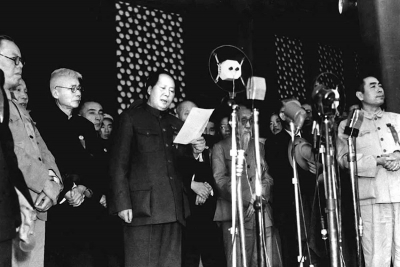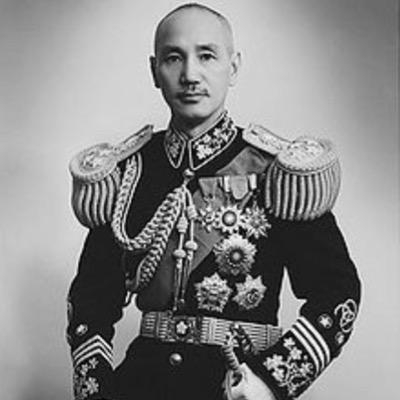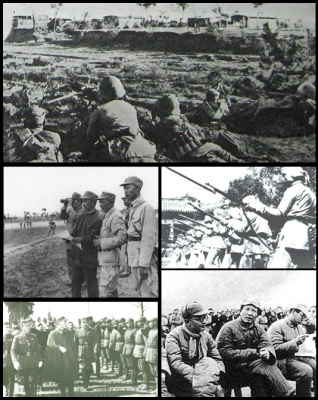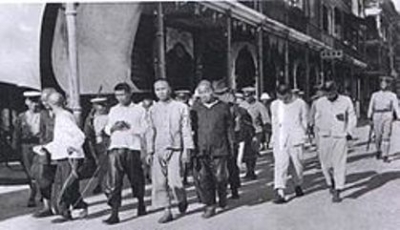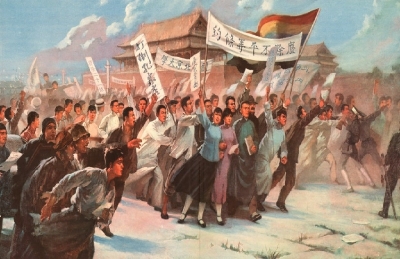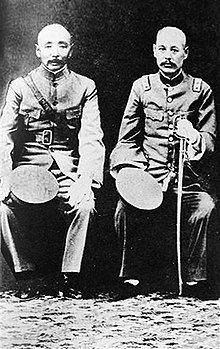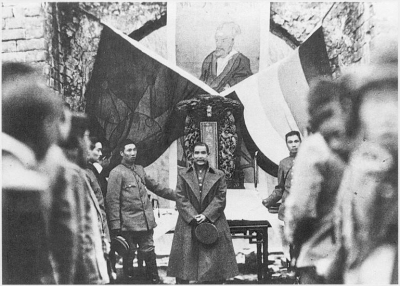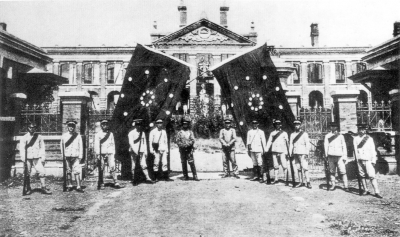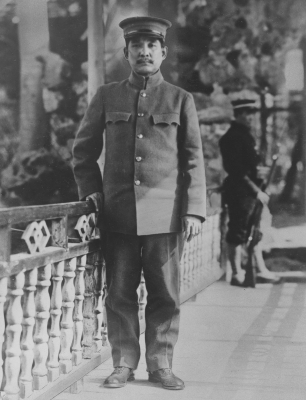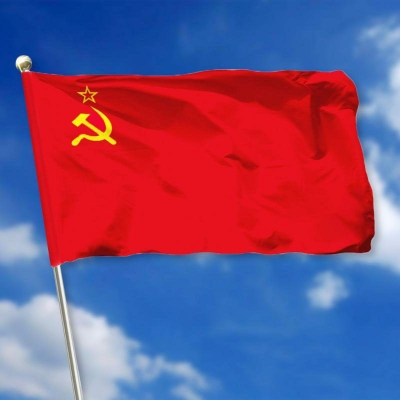Who were the Red Guards?
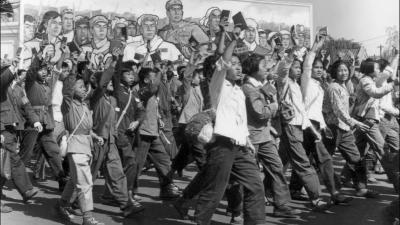
Mao’s rule also became the stage of the Cultural Revolution in China. Mao sought to enforce the communist dogma and to eradicate the so called ‘Four Olds’- old customs, old culture, old habits, and old ideas. Mao Zedong managed to mobilise groups of devoted young people. These young people called themselves Red Guards.
The agenda of the Red Guards was to carry out Mao’s new program. The first of the Red Guards included students. As the event gained momentum, many peasants and young workers too joined the Red Guards.
The movement destroyed books and art, ransacked museums, and renamed streets with new revolutionary names and adorned them with portraits and quotes of Mao. Temples, shrines and other heritage sites were vandalised. As the party lost control, the movement became violent. Intellectuals were labelled counterrevolutionary; many of them were subjected to physical attack. Around 1772 people were murdered in Beijing alone in the months of August and September, 1966.
Picture Credit : Google
